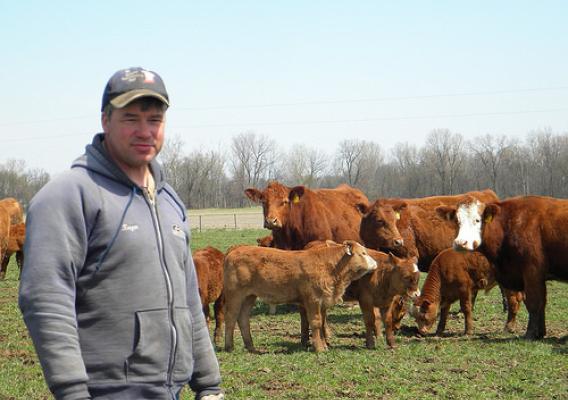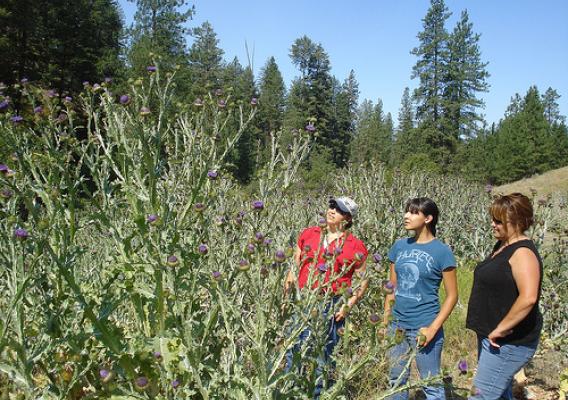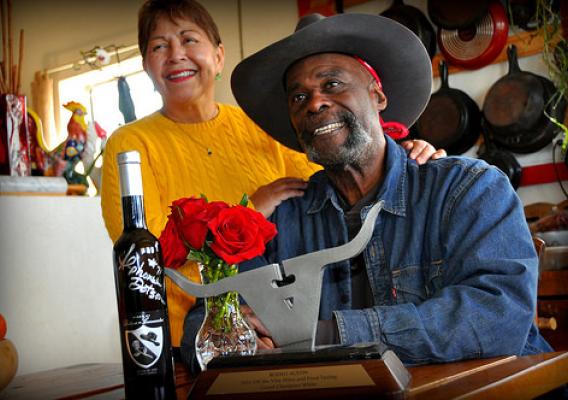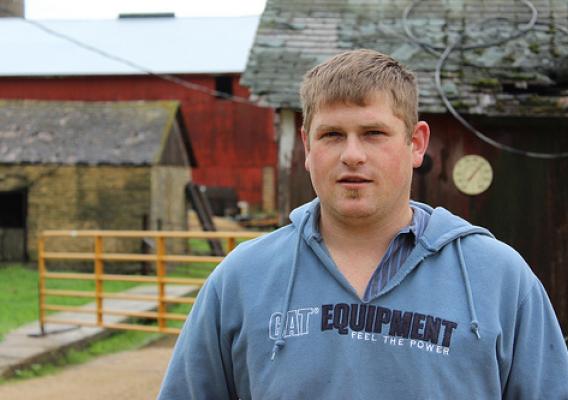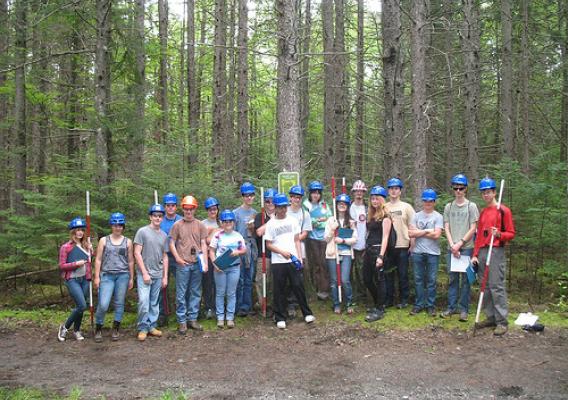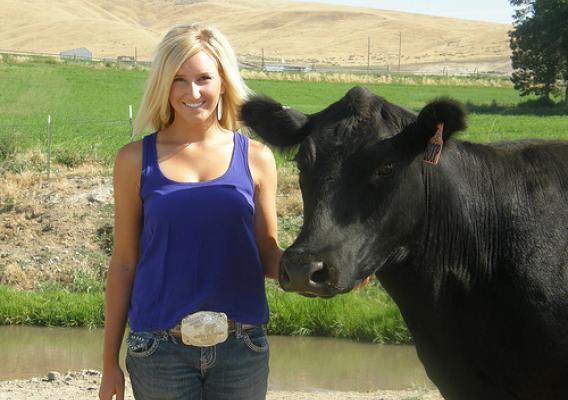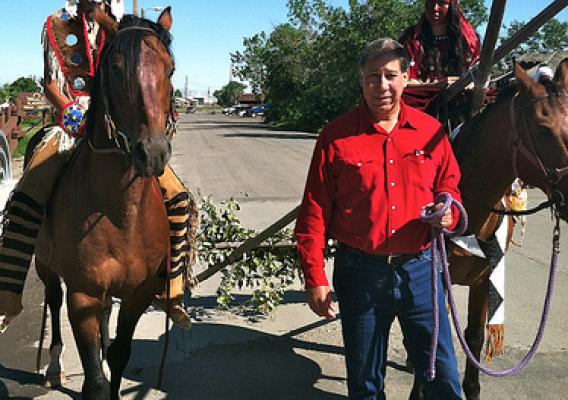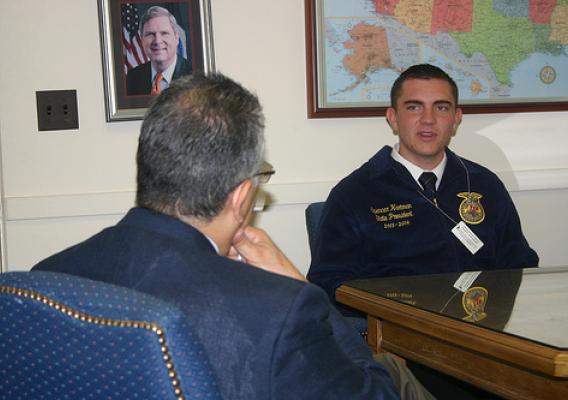Growing up on a farm in Camilla, Ga., I developed a passion for agriculture early. Being a farmer’s daughter helped me understand the challenges farmers and ranchers face over time and the need for common-sense policies and programs to create and expand opportunities for the farmers of the future. Now, as the Deputy Secretary of the USDA, my highest priority is to ensure that beginning farmers and ranchers - women, young people, immigrants, socially disadvantaged producers, returning veterans and retirees - have access to the programs and support they need to succeed.
Today, we’re announcing a new resource: USDA.gov/newfarmers. This new website is a one-stop shop to connect new farmers and ranchers with USDA resources, programs and support. On www.usda.gov/newfarmers, new farmers can find information about accessing land and capital, managing risk, finding education, outreach and technical assistance, growing businesses and markets, and investing in the land and environment.


